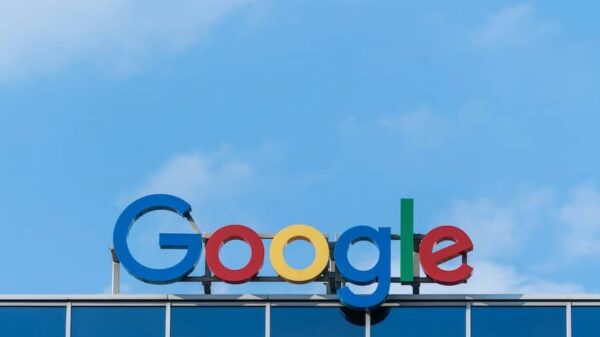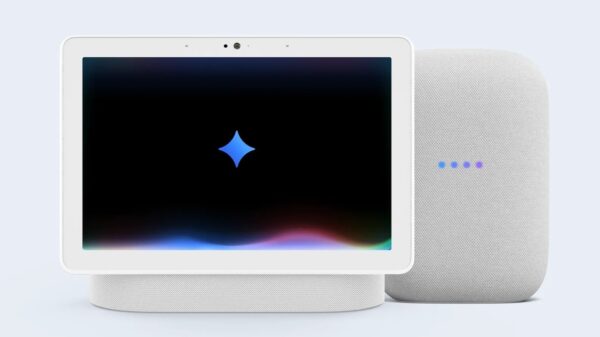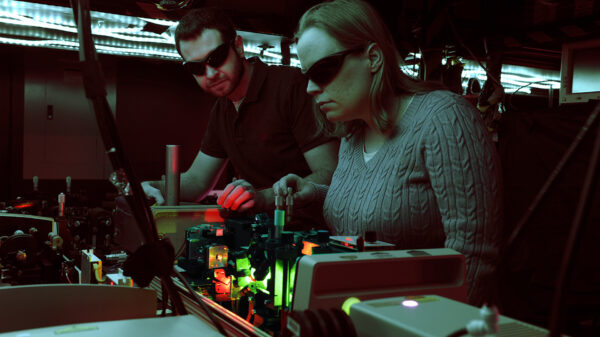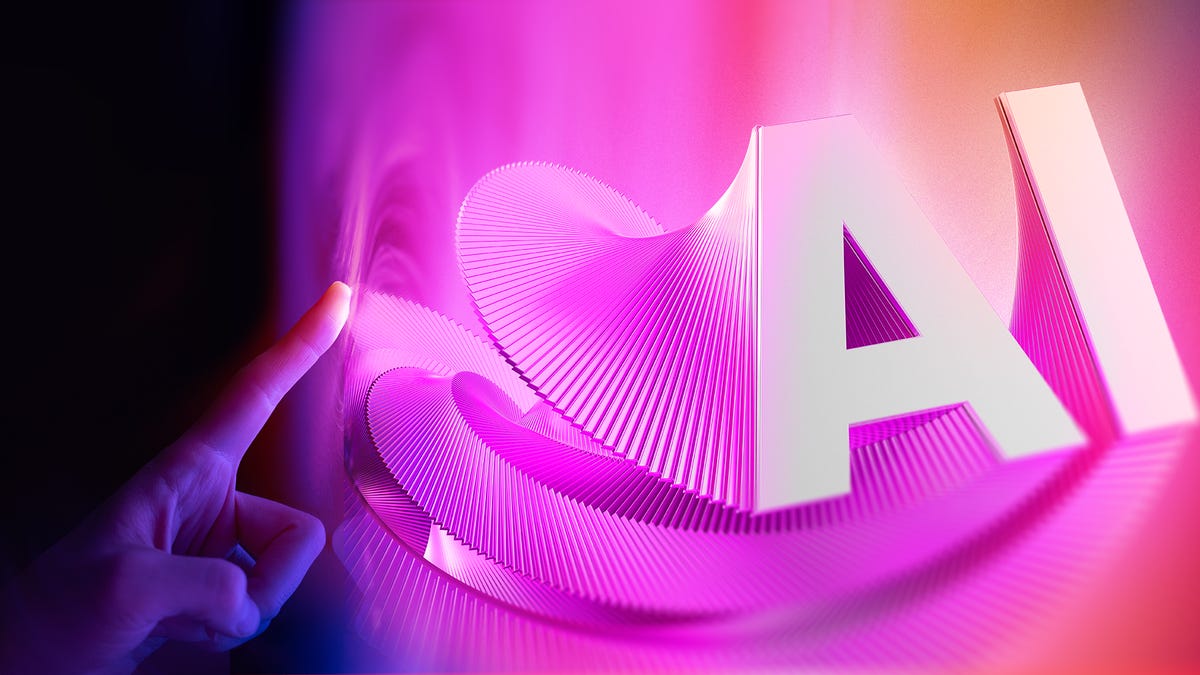The digital landscape has undergone a dramatic transformation since the early days when “fake” primarily referred to poorly edited images. Today, we find ourselves immersed in a complex ecosystem of AI-generated videos and deepfakes that can distort reality in alarming ways. From fabricated celebrity footage to misleading emergency broadcasts, the challenge of discerning what is genuine has never been more daunting.
Compounding this issue is the emergence of Sora, an AI video tool developed by OpenAI. Its latest iteration, the invite-only Sora 2, has quickly gained traction as a viral platform, offering a TikTok-style feed where everything is artificially created. Dubbed a “deepfake fever dream,” this app enhances the capability of users to create increasingly convincing yet false content, raising significant concerns among experts regarding misinformation and its potential consequences.
As the line between reality and fiction blurs, many individuals struggle to differentiate between authentic and AI-generated content. Fortunately, there are strategies that can help you navigate this murky water and identify AI creations effectively.
Spot the Sora Watermark
One of the most straightforward methods to identify a Sora-generated video is by looking for its distinctive watermark. Every video downloaded from the Sora iOS app features a white cloud-like logo that moves around the video’s edges, similar to watermarks found in TikTok videos. These visual indicators are crucial for identifying AI-created content.
See also SoundHound AI Raises Price Target to $16.94 Amid Strong Revenue Growth Outlook
SoundHound AI Raises Price Target to $16.94 Amid Strong Revenue Growth OutlookWatermarking practices, like those implemented by Google’s Gemini model, which automatically watermarks its images, are intended to help users recognize AI involvement. However, it’s essential to note that watermarks are not foolproof; static watermarks can be easily cropped out, and moving ones may be removed by specialized apps. OpenAI’s CEO, Sam Altman, has emphasized that society will need to adapt to a reality where anyone can create convincing fake videos, highlighting the importance of supplemental verification methods.
Analyze Video Metadata
While checking a video’s metadata may seem daunting, it can provide valuable insights into its origins. Metadata contains information about how a piece of content was created, including the type of camera used, location, date, and even the filename. All videos—whether created by humans or AI—possess metadata that can reveal their source.
OpenAI is part of the Coalition for Content Provenance and Authenticity, ensuring that Sora videos include C2PA metadata. To check this, you can use the Content Authenticity Initiative‘s verification tool. By uploading a video, you can confirm if it was indeed issued by OpenAI, gaining clarity on its AI-generated nature.
While this tool is effective, it is worth noting that not all AI-generated videos will carry identifiable metadata. For instance, videos produced with other platforms like Midjourney do not necessarily get flagged. Additionally, if a Sora video undergoes processing through a third-party app that removes watermarks or alters metadata, the verification process becomes less reliable.
Look for AI Labels and Disclosures
Platforms like Meta‘s social media channels, including Instagram and Facebook, are beginning to implement internal systems to label AI-generated content, although these systems are not always accurate. TikTok and YouTube have similarly adopted policies to identify AI content. However, the most reliable method for ensuring transparency is for creators to disclose AI involvement in their work. Many social media platforms facilitate this, allowing users to label their posts as AI-generated.
While navigating Sora’s content, users must take collective responsibility for disclosing the origin of AI-generated videos when sharing them outside the app. As platforms like Sora continue to advance, the responsibility to maintain clarity about what is real and what is artificial falls on all users.
Stay Vigilant and Informed
There is no single method that guarantees accurate detection of AI-generated videos. The most effective strategy is to approach online content with a critical mindset. If something feels off, it’s worth investigating further. Anomalies such as distorted text, disappearing objects, or improbable movements can signal that a video is not what it appears to be. Even seasoned professionals can occasionally fall for deepfakes, so it’s essential to remain vigilant in this evolving landscape.
In conclusion, as AI technology continues to blur the lines of our digital realities, being informed and cautious becomes increasingly vital. By employing these strategies, individuals can better navigate the complexities of AI-generated content, protecting themselves and others from misinformation.








































































